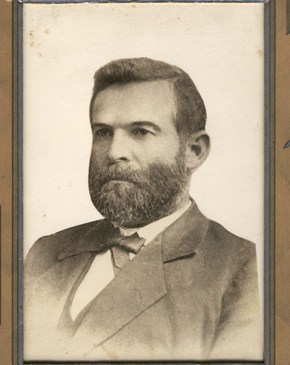Children of Mary Brooks (1745/1750 – aft. 15 May 1815) and Jacob Hollingsworth (1742 – 1822) — Thomas Hollingsworth (1777 – 1836) and Wife Amelia Terrell
Or, Subtitled: “He was proverbial for his honesty and integrity.” Thomas Hollingsworth was the sixth child of Jacob Hollingsworth and Mary Brooks, and was possibly named for Mary’s brother Thomas Brooks (bef. 1747 – 1805) (and see here and here). We’ve seen previously that his tombstone in Fairview Presbyterian cemetery in Lawrenceville, Gwinnett County, Georgia, states that he died 16 May 1836 … More Children of Mary Brooks (1745/1750 – aft. 15 May 1815) and Jacob Hollingsworth (1742 – 1822) — Thomas Hollingsworth (1777 – 1836) and Wife Amelia Terrell






